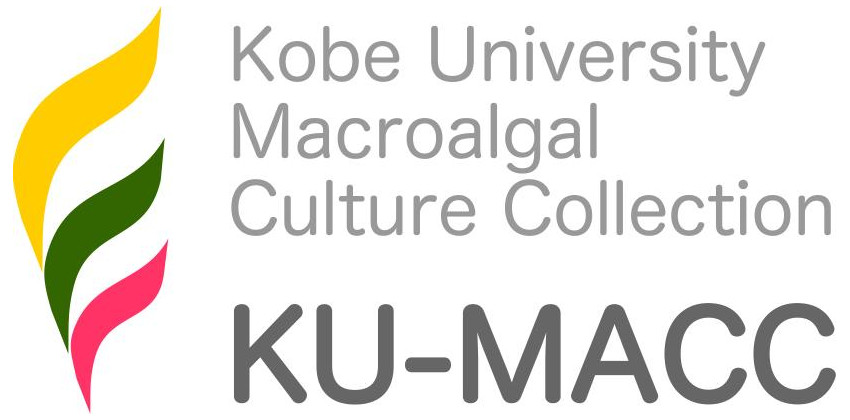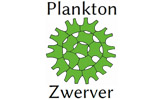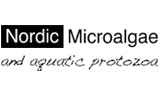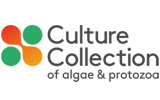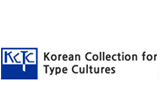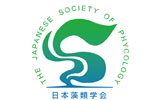Ceramium Roth, 1797, nom. et typ. cons.
Lectotype species: Ceramium virgatum Roth
Publication details: Roth, 1797: 146
Original publication and holotype designation: Roth, A.W. (1797). Catalecta botanica quibus plantae novae et minus cognitae describuntur atque illustrantur. Fasc. 1. pp. [i]-viii, [1]-244 [1-2, index, pls], 8 pls. Lipsiae [Leipzig]: in Bibliopolo I.G. Mülleriano.
Precise date of publication: Jan-Feb 1797
Description: Thallus filamentous, erect or with erect axes arising from a prostrate system. Axes wholly corticated or with nodal cortication; axial cells with 4 or more distal periaxial cells, these remaining undivided or dividing laterally to form pseudoperiaxial cells that lie between periaxial cells. Periaxial and pseudoperiaxial cells remaining undivided or cutting off acropetal and/or basipetal longitudinal filaments. Spermatangia borne 1–4 on mother cells covering nodes. Carposporophytes with several rounded sequentially developing gonimolobes, naked or subtended and surrounded by several determinate branches arising on the fertile axis. Tetrasporangia solitary, paired, or in whorls at nodes, immersed in or projecting beyond the cortex, naked or involucrate, cruciately, decussately or tetrahedrally divided.
Information contributed by: Huisman (2018). The most recent alteration to this page was made on 2021-11-26 by M.D. Guiry.
Taxonomic status: This name is of an entity that is currently accepted taxonomically.
Gender: This genus name is currently treated as neuter.
Most recent taxonomic treatment adopted: Huisman, J.M. (2018). Algae of Australia. Marine benthic algae of north-western Australia. 2. Red algae. pp. [i]-xii, 1-672, 189 figs. Canberra & Melbourne: ABRS & CSIRO Publishing.
Nomenclatural note
Type has been conserved. According to Huisman (2018: 385), "Ceramium..." is derived from "...the Greek keramium (a vessel or pitcher). There have been several interpretations of the meaning of Ceramium. According to Harvey (1862: pl. CCVI) it is so-named because the fruit is not pitcher-shaped. Dawes & Mathieson (2008: 228) suggested a derivation from the Greek keras (horn) and Latin ium (a collection). However, Roth (op. cit. 147) stated that the genus was first described by Adanson (1763: 13) as Ceramion Adans., and there Adanson listed Ceramianthemum Donati as a synonym. Both of these genera are now regarded as synonyms of Gracilaria, and their descriptions emphasise the distinctive spherical cystocarp [capsule sphérique] characteristic of that genus. Thus, Ceramium is, in fact, named for the form of the reproductive structures in an unrelated genus (see Huisman, 2012)." Ott (2009: 534) gives the derivation from the Greek, keramion, a vessel. Various Greek dictionaries give the meaning as an earthenware vessel. - (25 January 2017) - M.D. Guiry
Verification of Data
Users are responsible for verifying the accuracy of information before use, as noted on the website Content page.
Contributors
Some of the descriptions included in AlgaeBase were originally from the unpublished Encyclopedia of Algal Genera,
organised in the 1990s by Dr Bruce Parker on behalf of the Phycological Society of America (PSA)
and intended to be published in CD format.
These AlgaeBase descriptions are now being continually updated, and each current contributor is identified above.
The PSA and AlgaeBase warmly acknowledge the generosity of all past and present contributors and particularly the work of Dr Parker.
Descriptions of chrysophyte genera were subsequently published in J. Kristiansen & H.R. Preisig (eds.). 2001. Encyclopedia of Chrysophyte Genera. Bibliotheca Phycologica 110: 1-260.
Linking to this page: https://www.algaebase.org/search/genus/detail/?genus_id=32768
Citing AlgaeBase
Cite this record as:
M.D. Guiry in Guiry, M.D. & Guiry, G.M. 26 November 2021. AlgaeBase. World-wide electronic publication, National University of Ireland, Galway. https://www.algaebase.org; searched on 19 June 2025
 Request PDF
Request PDF